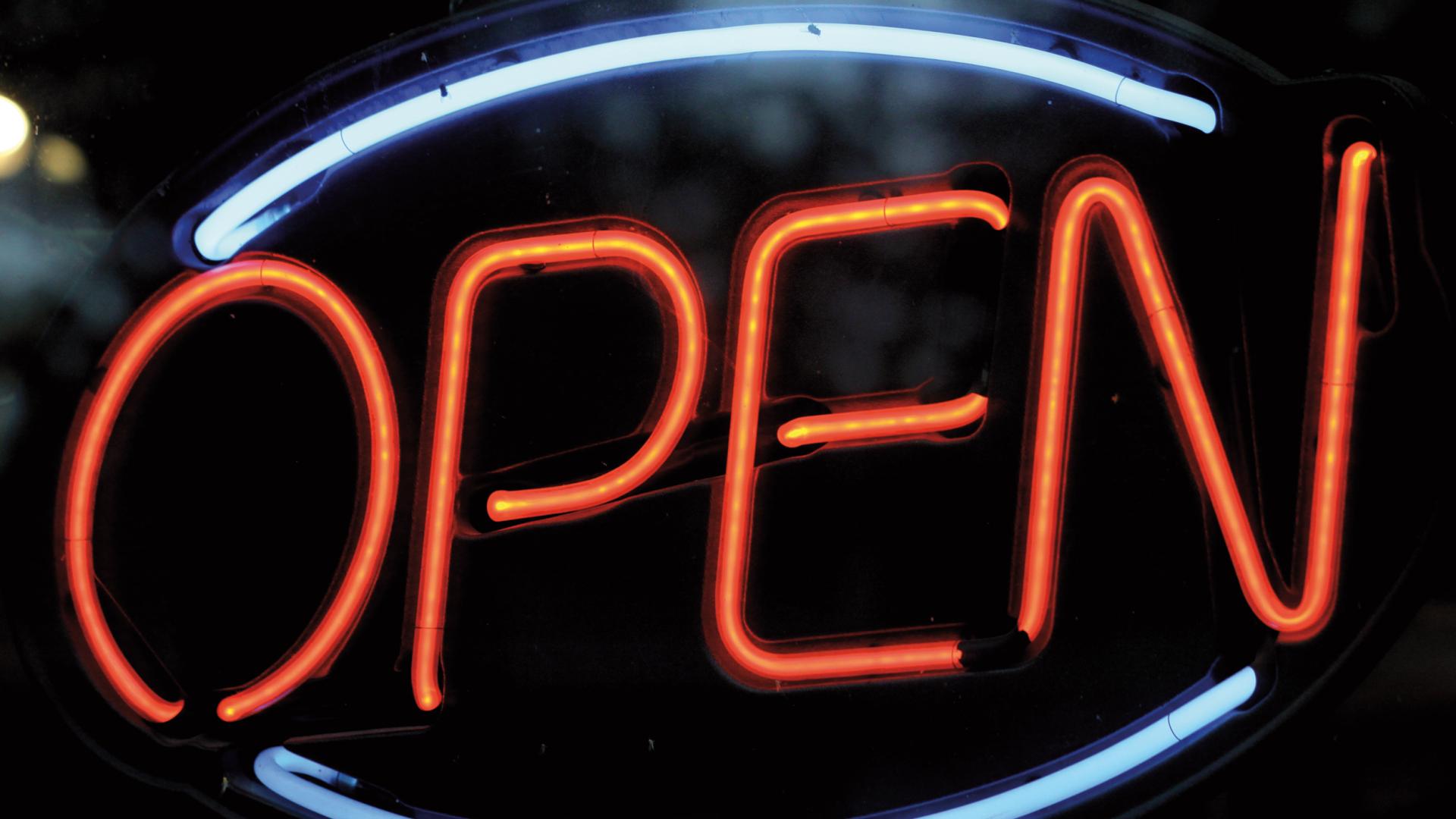From Open Access to Open Science
Today, 12 years after the Berlin Declaration, the characteristic adjective “open” can be found in the most diverse scientific and social discourses [25]. In science and research, the subject Open Access increasingly refers to research data and research processes. Mass digitization of cultural artifacts and the application of information technology not only technically open up new framework conditions for knowledge production; they also enable a view beyond the horizon and confront traditional academic discourse with changed epistemic aspects.
ON OPEN ACCESS, OPEN SCIENCE, OPEN DATA
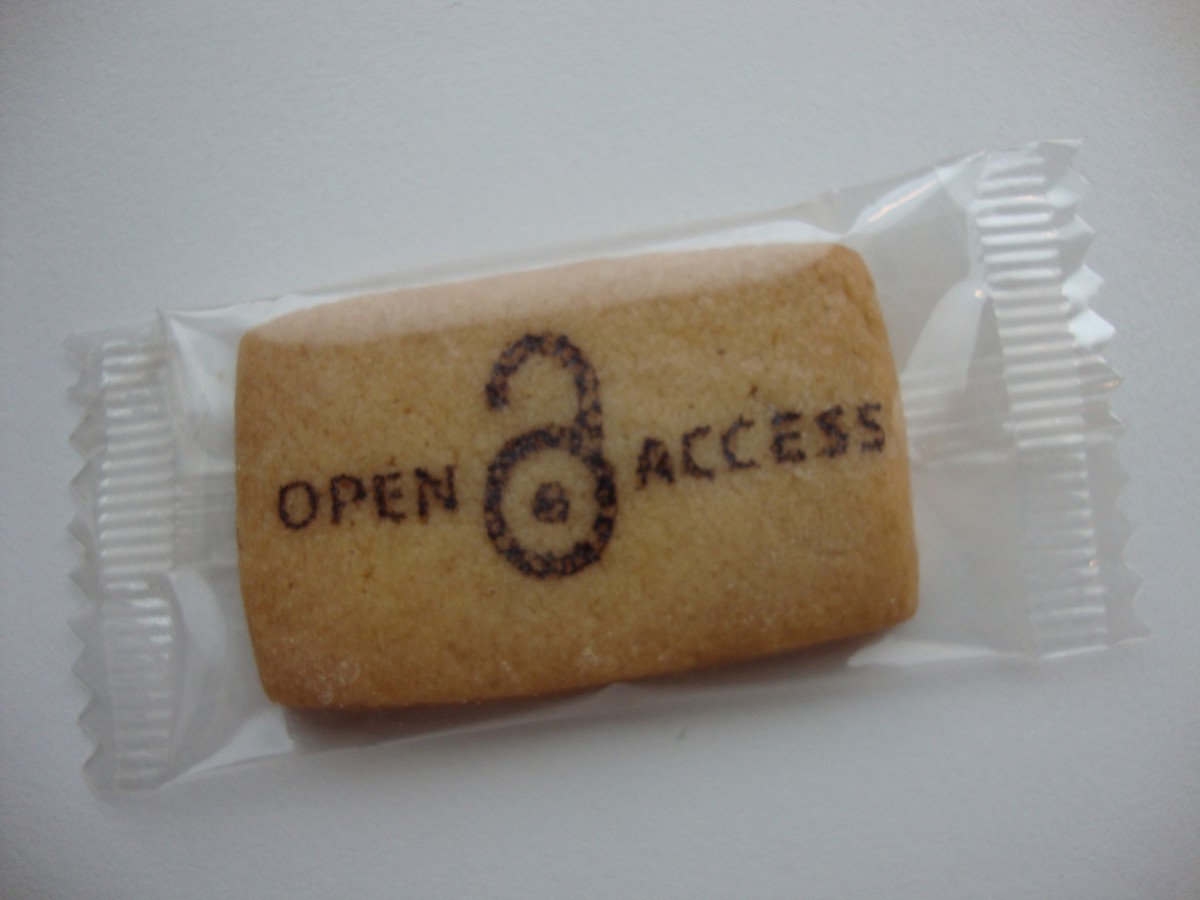
© NC-SA 2.0 biblioteekje via flickr
For the Open Access Movement, 2014 was definitely a good year. Following decades in which this topic was raised by committed scientists (among them numerous mathematicians) again and again, it has now made its way into the center of society.
The so-called “Green Road” has become law for a certain area, since in January 2014 the self-archiving law (Zweitveröffentlichungsrecht) came into force (FN: Christoph Bruch, Thomas Pflüger: Das Zweitveröffentlichungsrecht des § 38 Absatz 4 UrhG – Möglichkeiten und Grenzen bei der Anwendung in der Praxis. In: Zeitschrift für Urheber- und Medienrecht, Vol 58, Heft 5, Page 389-394. http://epic.awi.de/35491/1/ZUM.pdf). It gives scientists the right to publish their own articles on the Internet after a period of one year. However, this is not an “indispensable” right; the focus is on results from publicly funded projects, not on publications from university research itself (FN: Priority Initiative “Digital Information“ of the Alliance of German Research Organisations: FAQ about self-archiving http://www.allianzinitiative.de/de/ handlungsfelder/rechtliche-rahmenbedingungen/faq-zvr.html). Critics also complain that especially in scientific disciplines an embargo of six months would have been advisable. Nevertheless, another step has been made.
The resolution of the Scientific Committee of the Berlin House of Representatives in May 2014 in favor of an “Open Access Strategy for Berlin: Making Scientific Publications Accessible and Usable for Everyone” was aimed at universities and scientific institutions in Berlin. They are requested to develop “their own Open- Access strategies” comprising publications, research data, and scientific software. Furthermore, the Senate has been asked to examine to what extent the Open Access concept may be embedded in the (future) agreements with Berlin universities (FN: Abgeordnetenhaus Berlin, Beschlussempfehlung des Ausschusses für Wissenschaft vom 14. Mai 2014, Drucksache17/1655 http://www.parlament-berlin.de/ados/17/IIIPlen/vorgang/d17-1655.pdf).
Before the Open Access concept finally reached the legislator, it required a large number of scientific-political statements of intent, most notably the “Berlin Declaration on Open Access to Knowledge in the Sciences and Humanities” published back in 2003. It has been signed by more than 500 universities, academies, foundations, and associations worldwide (FN: Berlin Declaration on Open Access to Knowledge in the Sciences and Humanities 2003, http://openaccess.mpg.de/Berliner-Erklaerung). Already in its preamble, the Berlin Declaration explicitly includes cultural heritage in its definition of goals for Open Access: “The Internet has fundamentally changed the practical and economic realities of distributing scientific knowledge and cultural heritage. For the first time ever, the Internet now offers the chance to constitute a global and interactive representation of human knowledge, including cultural heritage and the guarantee of worldwide access” (FN: ibid.). The entire spectrum of potentially available material is explored: “Open-access contributions include original scientific research results, raw data and metadata, source materials, digital representations of pictorial and graphical materials, and scholarly multimedia material” (FN: ibid.).
One of the latest contributions of ZIB to the mindset of Open Access stems from the DFG-funded research project EWIG. Recently completed, the project looked at the various obstacles in the work flow from scientific research data into the long term archive or the permanent domain (FN: A. Treloar 2007, The Data Curation Continuum). There are undoubtedly a few technical hindrances but the main problem seems to be the attitude towards and knowledge on the concept of Open Access to research data. To lower the barriers and pave the way for the idea of the open sharing of knowledge as early as possible, a brochure was published targeting junior scientists and teachers alike. It covers the main components of research data management and can serve as a component for developing a curriculum dealing with this topic as well as a reference guide providing orientation to young scientists (FN: EWIG 2014, Einstieg ins Forschungsdatenmanagement doi: 10.2312/lis.14.01 - available in german only).
From Open Access to Open Science
Today, 12 years after the Berlin Declaration, the characteristic adjective “open” can be found in the most diverse scientific and social discourses (FN: See also Deutsche UNESCO-Kommission http://www.unesco.de/infothek /dokumente/unesco-erklaerungen/charta-zur-bewahrung-des-digitalen-kulturerbes.html - In 2009 Elinor Ostrom, US-american economist and one of the leading thinkers of the Commons, receives the Nobel Memorial Prize in Economic Sciences). In science and research, the subject Open Access increasingly refers to research data and research processes. Mass digitization of cultural artifacts and the application of information technology not only technically open up new framework conditions for knowledge production; They also enable a view beyond the horizon and confront traditional academic discourse with changed epistemic aspects.
For instance, the “Digital Humanities” see themselves confronted with new questions in terms of theory and practice of cognition. “We are (…) in the midst of a transformation of the institutional and conceptual conditions of possibility for the generation, transmission, accessibility, and preservation of knowledge” (FN: See also Berry, David M.: The computational turn. Thinking about the Digital Humanities. In: culturemachine.net, Vol 12, 2011 http://www.culturemachine.net /index.php/cm/issue/view/23).
The great challenge arises from the altered quality of the technological change. Not only large amounts of data, but also extremely heterogeneous data such as digital representations of cultural heritage objects have to be standardized, quality-assured and made available (FN: E-Science – Wissenschaft unter neuen Rahmenbedingen. Fachkonzept zur Weiterentwicklung der wissenschaftlichen Infrastruktur in Baden-Württemberg, 2014. Page 16). “Research data at your fingertips” (FN: See also Priority Initiatvie “Digital Information“ of the Alliance of German Research Organisations Ed.: WG Research Data “Research Data at your fingertips“, Position paper, February 2015) is formulated as a vision by the working group for research data of the German science organizations’ priority initiative “Digital Information”. Here, topics such as licensing, sustainable digitization, and long-term availability of data as well as Open Access are parts of comprehensive research data management (FN: See also E-Science – Wissenschaft unter neuen Rahmenbedingen. Fachkonzept zur Weiterentwicklung der wissenschaftlichen Infrastruktur in Baden-Württemberg, 2014), which, in the spirit of Open Science, must be more than the sum of all these parts.
Integration of the Open Data concept into the Open Science Movement should be understood in this spirit, too. Open Data is based on the fundamental assumption that only open knowledge in the form of freely accessible and reusable data is able to promote innovation in the development of knowledge. Distribution and reuse of open knowledge resources is the explicit objective of Open Data and desirable without any restrictions. According to the “open definition” of the Open Knowledge Foundation, open knowledge must not be subject to legal, technical, political, or social restrictions (FN: As per definition of the Open Knowledge Foundation: http://opendefinition.org/od/ - For convergence of Open Data and Open Access Movement, see also: http://access.okfn.org/2015/04/01/the-future-for-open-access-and-the-move-towards-open-data/).
CULTURAL HERITAGE IN THE DEPARTMENT FOR SCIENTIFIC INFORMATION AT ZIB
Today, ZIB is operating as the Berlin Competence Center for Computing and Data Science combining internationally visible research competencies with first-rate scientific services and appropriate infrastructure. At present, the multi-disciplinary subunits in the department for Scientific Information act as enablers for memory institutions (libraries, museums, archives) by, supporting their rapidly growing activities in the digital humanities.
Opening-up and Availability of Berlin’s Cultural Heritage
The task of digiS – Servicestelle Digitalisierung Berlin (service center for digitization, Berlin) – is to make cultural data available. Cultural heritage institutions frequently lack both organizational and technical prerequisites to make their digital content permanently accessible. Data that is to be used in the future, too, requires high quality in terms of their representations and descriptions so that users are able to reconstruct the informational content of an object (FN: Klindt et al.: Dealing with all the data: Participating in workflows to transform digital data about cultural heritage objects within a digital long-term preservation infrastructure, Berlin 2013 http://nbn-resolving.de/urn:nbn:de:0297-zib-43020).
Therefore, digiS has been commissioned by the Federal State of Berlin to develop a forward-looking plan for the long-term preservation and availability of the digital cultural-heritage. In the future, cultural heritage institutions should have transparent access to their own data via the digital preservation system currently under development as a joint endeavor of digiS and KOBV. At the same time, these cultural data resources should be available to the general public, as far as this is legally permissible. The goal is to maintain the reuse and recontextualization of cultural data, for both today’s and future users (FN: See also ZIB Annual Report 2013, Shepherding the bits! S. 64 ff).
How users’ expectations regarding (cultural) data have changed, which opportunities open cultural data can make available, and what multitude of uses are possible with them have been demonstrated impressively in 2014 by means of Coding da Vinci (FN: See also http://www.codingdavinci.de/), the first hackathon using cultural data in Germany.
Coding da Vinci – “Let them Play with Your Toys!“
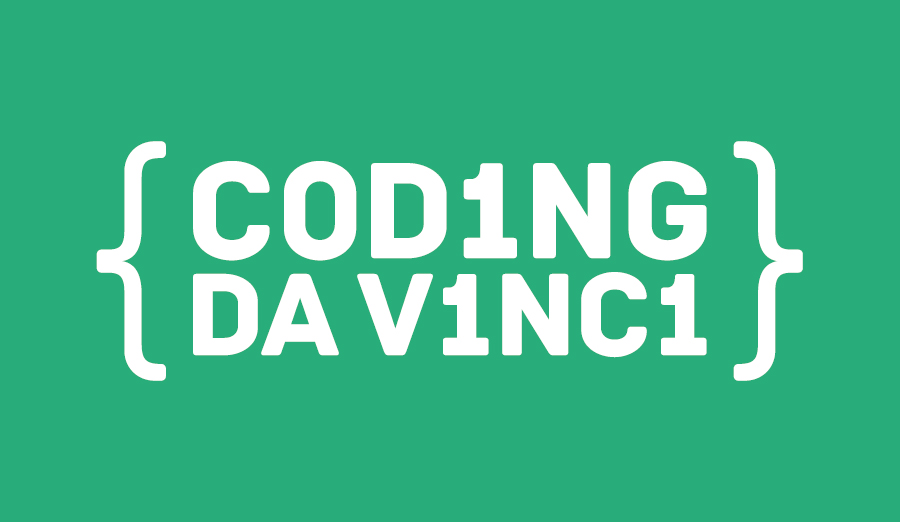
© Der Kultur-Hackathon Design: FUK-Studio
Coding da Vinci was organized by digiS in cooperation with three further partners: Deutsche Digitale Bibliothek (DDB), Open Knowledge Foundation Deutschland e. V., and Wikimedia Foundation Deutschland e. V. The goal was to put cultural heritage institutions and participants (developers, Web designers, and connoisseurs of culture) in a position to experience the possibilities of open cultural data. Between April and July of 2014, 26 open data sets from 16 cultural institutions were used by the 150 participants for new applications (FN: See also http://codingdavinci.de/projekte-2014/). The large number of participants and the vast public interest in Coding da Vinci have shown that the dialogue between cultural institutions and their users has become a mutually beneficial creative process. The user in the traditional sense is replaced by the “prosumer,” who has programming skills and wants to work with the available data beyond the view-only access that was already possible before. Using open data in new applications creates numerous opportunities to discover and interpret cultural heritage in new contexts. The Stadtmuseum Berlin, the Zentral- und Landesbibliothek Berlin (ZLB), and the Berlinische Galerie have contributed data sets to the hackathon that in part originated from the digiS-supported Funding Programme Digitization Berlin.
Besides these activities in open data, ZIB, namely its department for Scientific Information, has provided services for Open Access for many years, including the online publication system OPUS.
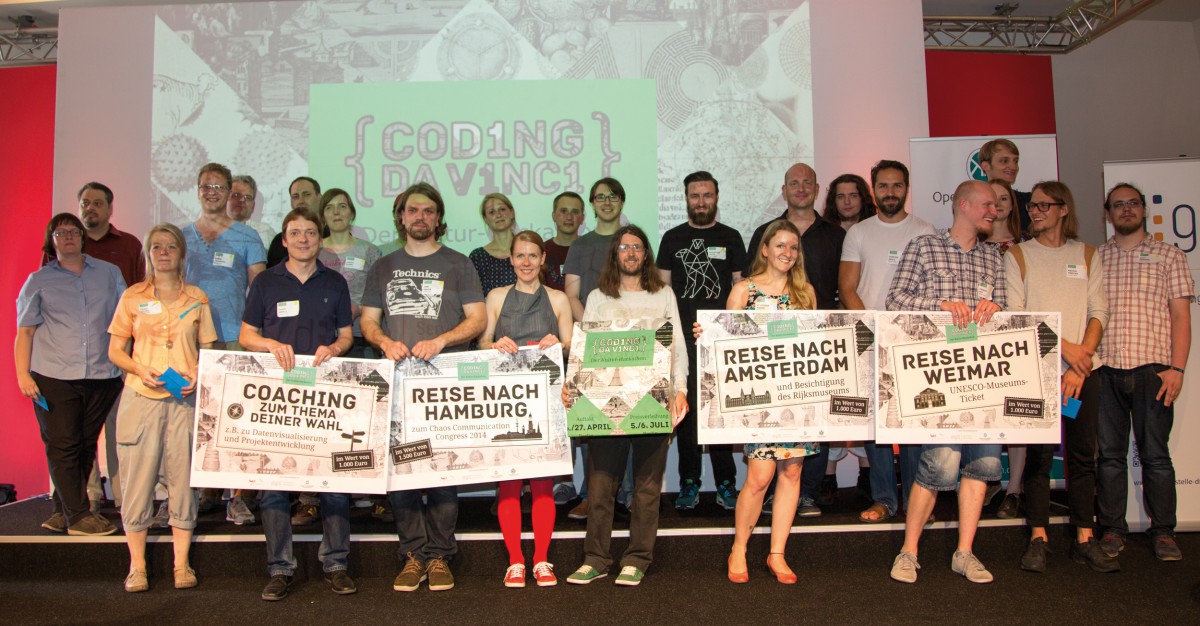
Winners of the first culture hackathon Coding da Vinci
Open Access with OPUS
The “Green Road” to self-archiving often passes through an institutional repository, which usually is organizationally assigned to a library.
In this context, the Kooperativer Bibliotheksverbund Berlin-Brandenburg (KOBV), part of ZIB since 1997, provides support with its repository OPUS 4. Following its initial DFG funding, the open-source software has been further developed at ZIB and offered as a nation-wide hosting service since 2010 (FN: Find more about OPUS4 and the hosting offer of the KOBV under: http://www.kobv.de/opus4). OPUS 4 supports the relevant technical open standards (OAI/PMH, OpenAire, URN, XMetaDissPlus). Hosting also implies quality-tested, trustworthy repositories for which the technical infrastructure was certified at the end of 2014 (Dini Certificate 2013) (FN: Explanations on the DINI Certificate and certification process can be found under http://dini.de/dini-zertifikat/).
In particular, the combination of development and hosting can be considered a success. This becomes evident from mere numbers alone: of the more than 60 known OPUS 4 instances, more than half are hosted at ZIB. Among these are not only numerous institutional repositories but also specialized preprint servers – for example, that of the research center MATHEON (FN: https://opus4.kobv.de/opus4-matheon/home).
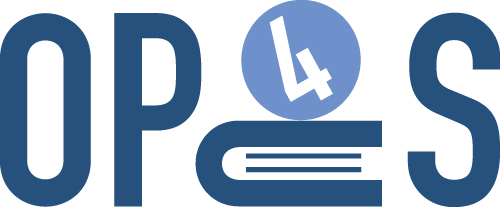
OPEN-ACCESS MPC JOURNAL
The academic publishing industry for Science, Technology and Media (STM) is dominated by a small oligopoly of international specialist publishers. Here, a precarious imbalance has developed in which scientists write, are members of editorial boards conducting elaborate peer reviews, and finally buy back the publishing products via their library at a high price. The unmistakable annoyance about this (FN: Just think of the boycott initiated in 2012 by mathematician William Timothy Gowers against Elsevier under the title: Cost of Knowlege http://thecostofknowledge.com/) has also led to the situation that publishing houses now feel compelled to offer Open Access options – though seemingly reluctant.
An in-house example is the online version of the Journal Mathematical Programming Computation (MPC). The journal is produced using the Open Journal System OJS and has been hosted by ZIB since 2008. Every year about four issues with three to four articles each are published. The issues are both available on the Springer server and on mpc.zib.de. There also is a printed edition available for a fee.
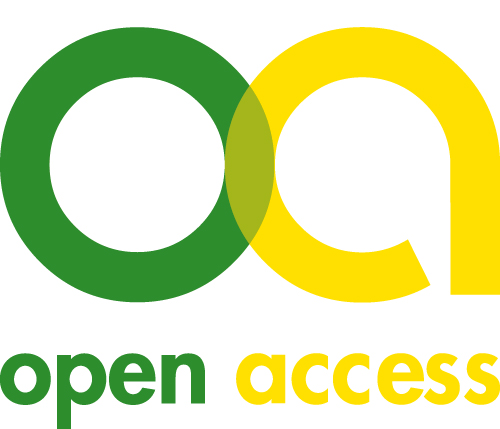
MPC publishes original research articles covering computational issues in mathematical programming. Articles report on innovative software, comparative tests, modeling environments, libraries of data, and/or applications. A main feature of the journal is the inclusion of accompanying software and data with submitted manuscripts. The journal’s review process includes the evaluation and testing of the accompanying software. Where possible, the review will aim for verification of reported computational results.
MPC supports the creation and distribution of software and data that foster further computational research. The opinion of the reviewers concerning this aspect of the provided material is a considerable factor in the editorial decision process. Another factor is the extent to which the reviewers are able to verify the reported computational results. To this aim, authors are highly encouraged to provide the source code of their software. Submitted software is archived with the corresponding research articles.
Since mathematical software could be considered research data in mathematics compared to the publication itself, it is of great interest to keep that research data for future reference. To this end, an open repository for mathematical software has been established at ZIB – SW-Math.
AN OPEN PORTAL FOR OPEN INFORMATION ON SOFTWARE – SW-MATH
Mathematical software is a new and emerging component of mathematical knowledge and a bridge between mathematical research and applications of mathematics in science, service, and administration. But visibility and accessibility of mathematical software should be improved. Searching and identifying mathematical software for a given problem are different for a variety reasons:
- Software packages are dynamic (typically, there are a lot of different versions).
- Software is dependent on hardware, operating systems, and other software.
- There are a lot of different licenses and usage conditions,
- Documentation of software is often sparse.
- There exists no standard for software citation.
The mathematical community has provided some special services for mathematical software, but a comprehensive portal for mathematical software is still missing. The portal swMATH (www. swmath.org) is a new approach for a special search engine and information service for mathematical software. A unique feature of this approach is its publication-based approach. The concept of swMATH exploits mathematical publications to get information about software. This is an efficient approach that can be done semiautomatically. As a relevant source of mathematical literature, the bibliographic database zbMATH, the most comprehensive database of mathematical literature, is used.
Currently, the portal swMATH provides free access to information on more than 9,000 mathematical software packages. The further quantitative and qualitative development of information about mathematical software, especially the portal swMATH but also the development of standards, is a common activity of ZIB and Zentralblatt für Mathematik/FIZ Karlsruhe within the Research Campus MODAL, which aim to strengthen the role of mathematical software development as a research area of their own and to improve the visibility and usability of mathematical software.
WORLD DIGITAL MATHEMATICS LIBRARY(DML)
For years, mathematics has been dreaming vibrantly of a World Digital Mathematics Library (FN: http://www.mathunion.org/ceic/wdml/).
What has to be overcome are the usual legal hurdles and organizational/financial challenges of long-term operation, and ZIB forms part of the movement to realise this vision. In this context, prerequisites are much better than in other disciplines: the international mathematical community principally agrees in this matter. Mathematical knowledge is known and classified, much of it has already been retrodigitized, and technical specifications are available. In planning, this world library of mathematics is far more than an ordered collection of publications. The working group, that has been entrusted with the planning recommended in 2014: “The Digital Mathematical Library should serve as a nexus for the coordination of research and research outcomes, including community endorsements, and encourage best practices to facilitate knowledge management in research” (FN:http://www.mathunion.org/fileadmin /CEIC/planning_wdml.pdf). In this recommendation, considerations in terms of Open Access and Open Data come together to form the concept of Open Science. It is a concept that is dependent on broad exchange and sharing, or, to put it in the words of Karl Popper: “The game of science is, in principle, without end. He who decides one day that scientific statements do not call for any further test, and that they can be regarded as finally verified, retires from the game” (FN: Karl Popper 1934, The Logic of Scientific Discovery).
